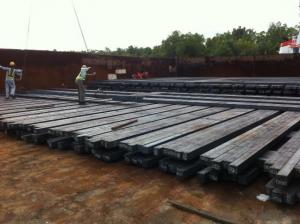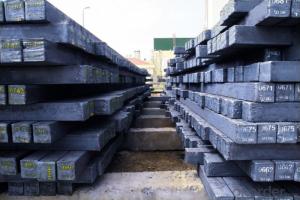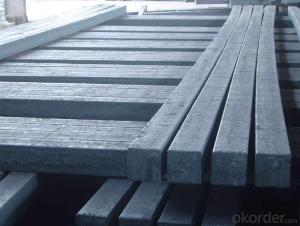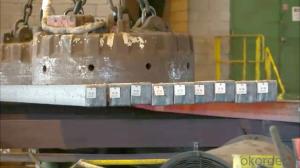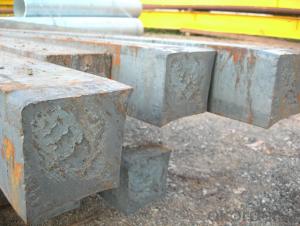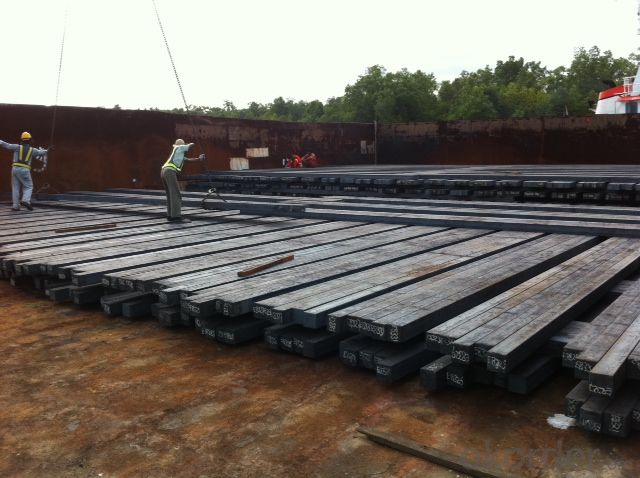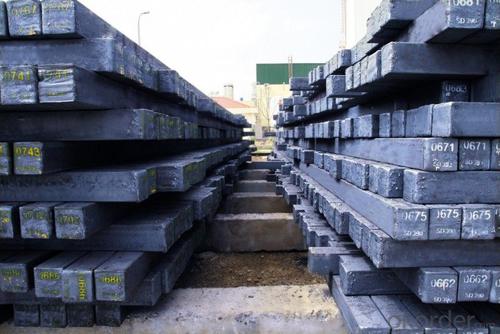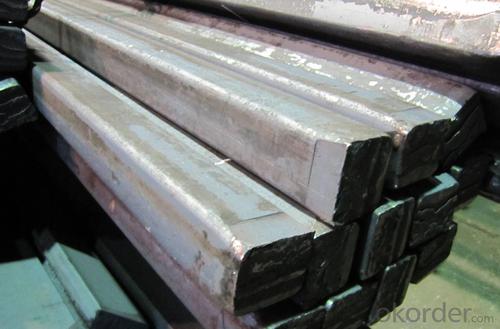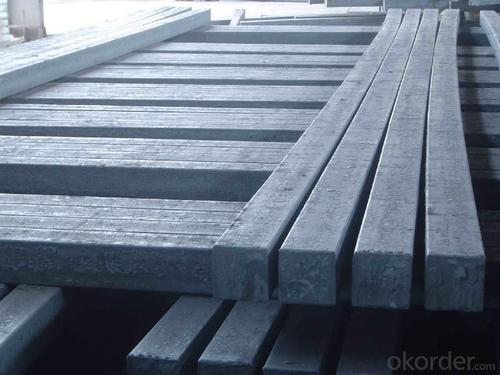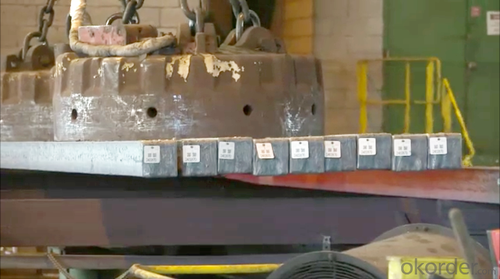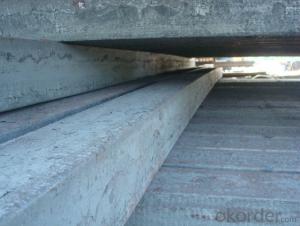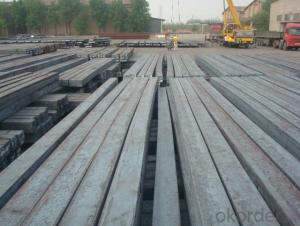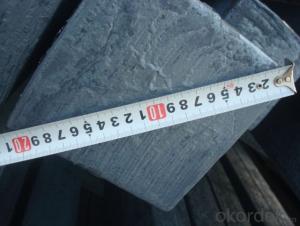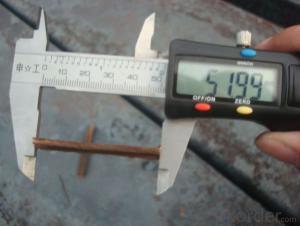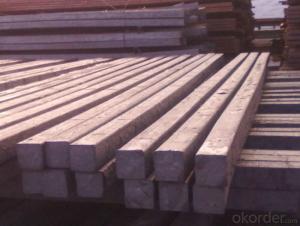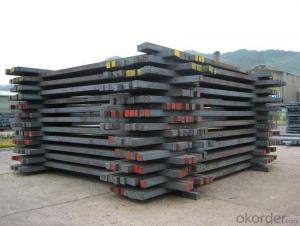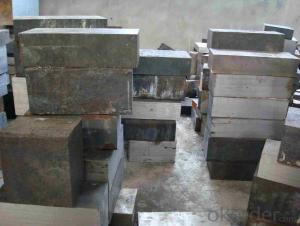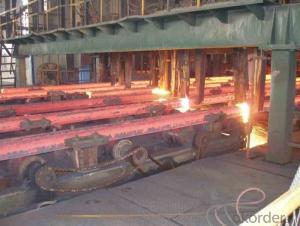Z39 BMP Rolled Steel Coil Construction Roofing Construction
- Loading Port:
- Tianjin
- Payment Terms:
- TT OR LC
- Min Order Qty:
- 100 m.t.
- Supply Capability:
- 10000 m.t./month
OKorder Service Pledge
OKorder Financial Service
You Might Also Like
Structure of Z39 BMP Rolled Steel Coil Construction Roofing Construction 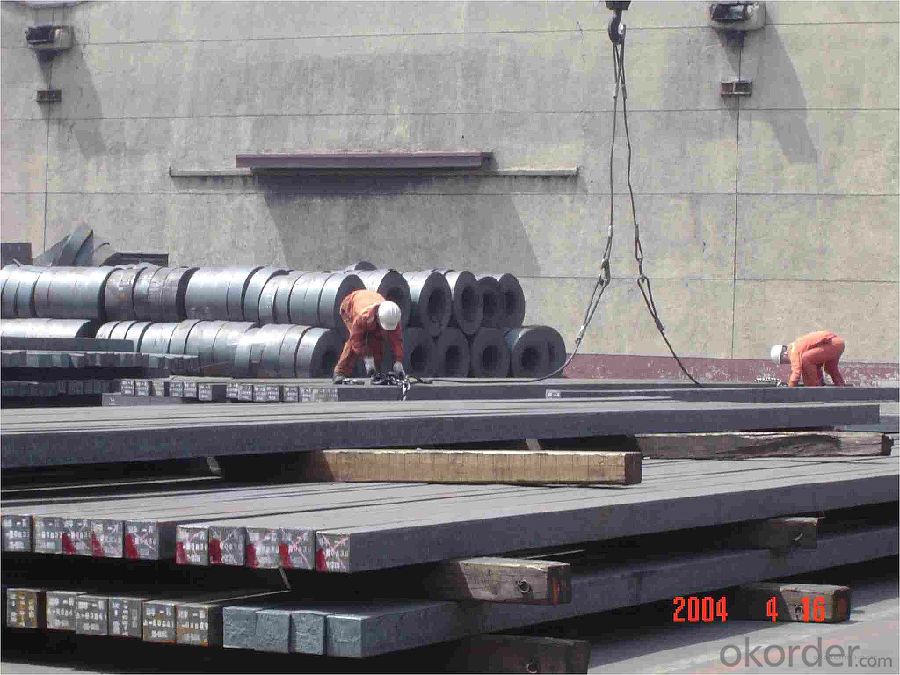
Description of Z39 BMP Rolled Steel Coil Construction Roofing Construction
PPGI is made by cold rolled steel sheet and galvanized steel sheets as baseplate, through the surface pretreatment (degreasing, cleaning, chemical conversion processing), coated by the method of continuous coatings (roller coating method),
and after roasting and cooling. Zinc coating: Z60, Z80, Z100, Z120, Z180, Z275, G30, G60, G90
Alu-zinc coating: AZ60, AZ80, AZ100, AZ120, AZ180, G30, G60, G90

Main Feature of Z39 BMP Rolled Steel Coil Construction Roofing Construction
1) Excellent corrosion resistance: The zinc layer provides a good protection of Pre-painted Galvanizeed Steel Sheet.
2) High heat resistance: The reflective surface of the material aids in efficiently reflecting the sunlight away and in turn reducing the amount of heat transmitted. The thermal reflectivity converts into energy savings.
3) Aesthetics: Pre-Painted Galvanized steel sheet is available in plethora of patterns and multiple sizes as per the requirements that given by our customers.
4) Versatility: can be used in the various areas.Standard seaworthy export packing: 3 layers of packing, inside is kraft paper, water plastic film is in the middle and outside GI steel sheet to be covered by steel strips with lock, with inner coil sleeve.
Applications of Z39 BMP Rolled Steel Coil Construction Roofing Construction
1. Construction and building: roofing; ventilating duct; handrail; partition panel;etc.
2. Electric appliance: refrigerator; washing machine; refrigerator; DVD;etc.
3.Transportation: oil tank; road sign; etc.
4.Agriculture:barn; etc.
5.Others:vending machine; game machine; etc.  Specifications of Z39 BMP Rolled Steel Coil Construction Roofing Construction
Specifications of Z39 BMP Rolled Steel Coil Construction Roofing Construction
| Classified symbol | Yield Point Minimum N/mm2 | Tensile Strength Minimum | Elongation Minimum % | Application | ||||
| N/mm2 | Nominal Thickness mm (t) | |||||||
| JIS | Yogic | 0.25-0.4 | 0.4-0.6 | 0.6-1.0 | 1.0-1.6 | |||
| G3312 | specification | |||||||
| CGCC | CGCC | -205 | -270 | -20 | -21 | -24 | -24 | Commercial |
| CGCD | CGCD | --- | 270 | --- | 27 | 31 | 32 | Drawing |
| --- | CG340 | 245 | 340 | 20 | 20 | 20 | 20 | Structural |
| CGC400 | CG400 | 295 | 400 | 16 | 17 | 18 | 18 | Structural |
| CGC440 | CG440 | 335 | 440 | 14 | 15 | 16 | 18 | Structural |
| CGC490 | CG490 | 365 | 490 | 12 | 13 | 14 | 16 | Structural |
| CGC570 | CG570 | 560 | 570 | --- | --- | --- | --- | Structural |
| ASTM Designation | Yield Point Minimum | Tensile Strength Minimum | Elongation Minimum % | Application | Q/BQB 445-2004(China standard) | ASM A653/A653M | JISG 3312 | |
| ksi(MPa) | ksi(MPa) | TDC51D+Z | (CS TYPE A+Z) | CGCC | ||||
| A653(M)-99 CS TYPE A,B,C | --- | --- | --- | Commercial | TDC52D+Z | CGCD | ||
| A653(M)-99 FS | --- | --- | --- | Lock Forming | TS250GD+Z | (G250+Z) | - | |
| A653(M)-99 DS | --- | --- | --- | Drawing | TS300GS+Z | (G300+Z) | CGC 400 | |
| A653(M)-99 SS Grade33(230) | 33(230) | 45(310) | 20 | Structural | TS350GD+Z | (G350+Z) | CGC490 | |
| A653(M)-99 SS Grade37(255) | 37(255) | 52(360) | 18 | Structural | TS550GD+Z | (G550+Z) | CGC570 | |
| A653(M)-99 SS Grade40(275) | 40(275) | 55(380) | 16 | Structural | ||||
| A653(M)-99 SS Grade50(345) | 50(345) | 65(450) | 12 | Structural | ||||
| A653(M)-99 SS Grade80(550) | 80(550) | 82(570) | --- | Structural | ||||
FAQ of Z39 BMP Rolled Steel Coil Construction Roofing Construction
We have organized several common questions for our clients,may help you sincerely:
1. How Can I Visit There?
Our company is located in Tianjin City, China, near Beijing. You can fly to Tianjin Airport Directly. All our clients, from home or aboard, are warmly welcome to visit us!
2. How Can I Get Some Sample?
We are honored to offer you sample.
3. Why choose CNBM?
1, ISO, BV, CE, SGS approved.
2, Competitive price and quality.
3, Efficient service team online for 24 hours.
4, Smooth production ability(50000tons/month) .
5, quick delivery and standard exporting package.
6, Flexible payment with T/T, L/C, Paypal, Kunlun bank, etc .
- Q: What are steel billets?
- Steel billets are semi-finished metal products that are typically rectangular in shape and made from molten steel. They serve as raw material for further processing and are commonly used in the production of bars, rods, and wire products.
- Q: How are steel billets distributed in the market?
- Steel billets are distributed in the market through various channels such as steel mills, steel service centers, and steel distributors. These entities source the billets from steel producers and then supply them to various industries and customers, including construction, manufacturing, and infrastructure. The distribution process involves logistics, warehousing, and transportation to ensure timely delivery to the end-users.
- Q: Can steel billets be used for making architectural components?
- Yes, steel billets can be used for making architectural components. Steel billets are semi-finished products that are typically used to produce various steel products, including architectural components. The billets are heated and then shaped into the desired form using different processes such as forging, extrusion, or rolling. These architectural components can include structural elements like beams, columns, and trusses, as well as decorative elements like handrails, facades, and ornamental fixtures. Steel is a popular choice for architectural components due to its strength, durability, and versatility. It can be easily fabricated into complex shapes, allowing architects and designers to create unique and aesthetically pleasing structures. Additionally, steel offers excellent resistance to weathering, corrosion, and fire, further enhancing its suitability for architectural applications.
- Q: What is the difference between hot-rolled and cold-rolled steel billets?
- Hot-rolled and cold-rolled steel billets are both types of steel that undergo different manufacturing processes, resulting in distinct characteristics and properties. Hot-rolled steel billets are produced by heating the steel to a high temperature and then rolling it while it is still hot. This process allows for the steel to be easily shaped and formed into various sizes and shapes. Hot-rolling also results in a rough surface finish and a scaled outer layer due to the exposure to high temperatures. The hot-rolled steel billets generally have a larger grain structure, which can lead to a less precise and uniform final product. However, the hot-rolled steel billets tend to have improved mechanical properties, such as higher strength and toughness, making them suitable for applications where strength is crucial but surface finish is not a priority. On the other hand, cold-rolled steel billets are produced by cooling the steel to a low temperature and then rolling it at room temperature. This process allows for tighter dimensional tolerances and a smoother surface finish compared to hot-rolled steel billets. Cold-rolling also results in a more refined grain structure, which enhances the overall strength, hardness, and durability of the steel. Cold-rolled steel billets are commonly used in applications where precise dimensions, surface finish, and uniformity are required, such as in the automotive, construction, and appliance industries. In summary, the main difference between hot-rolled and cold-rolled steel billets lies in the manufacturing processes and the resulting properties. Hot-rolled steel billets are formed at high temperatures, resulting in a rough surface finish and larger grain structure, while cold-rolled steel billets are formed at room temperature, leading to tighter dimensional tolerances, smoother surface finish, and a more refined grain structure. The choice between hot-rolled and cold-rolled steel billets depends on the specific requirements and applications, with hot-rolled steel billets being preferred for their superior strength and cold-rolled steel billets for their precise dimensions and surface finish.
- Q: Are steel billets used in the production of furniture?
- No, steel billets are typically not used in the production of furniture. Steel billets are semi-finished products made from molten iron that are later shaped into various forms, such as bars, rods, or sheets, through a process called hot rolling. While steel may be used in the manufacturing of furniture, it is usually in the form of finished products such as steel tubing, steel sheets, or steel frames. These finished steel products are more commonly used in the construction of furniture, particularly in industrial or modern designs. The use of steel in furniture production provides durability, strength, and a sleek aesthetic. However, the steel used in furniture manufacturing is usually obtained through different processes than the production of steel billets.
- Q: How do steel billets contribute to sustainable construction?
- Steel billets contribute to sustainable construction in several ways. Firstly, steel is a highly durable and long-lasting material, which means that structures made from steel billets have a longer lifespan and require less maintenance and repair over time. This reduces the need for frequent reconstruction and minimizes waste generation. Secondly, steel is a recyclable material, and steel billets can be easily melted down and reused in the production of new steel products without losing their quality. This reduces the demand for raw materials and energy consumption, reducing the environmental impact of construction. Furthermore, steel is known for its strength and load-bearing capacity, allowing for the design of lighter and more efficient structures. This not only reduces the amount of steel required in construction but also decreases the overall weight of the building, which can lead to energy savings during transportation and construction. Lastly, steel is resistant to pests, such as termites, and is not susceptible to rot or decay. This eliminates the need for chemical treatments and preservatives, making it a safer and more sustainable choice for construction. Overall, steel billets contribute to sustainable construction by promoting durability, recyclability, energy efficiency, and reduced environmental impact.
- Q: What is the shelf life of a steel billet?
- The shelf life of a steel billet is indefinite as long as it is stored in a dry and controlled environment to prevent corrosion.
- Q: How are steel billets used in the production of mining machinery?
- Due to their unique properties and versatility, steel billets play a crucial role in the production of mining machinery. These semi-finished metal forms are made from raw iron ore and undergo a series of heating, rolling, and cooling processes to achieve their final shape and properties. In the manufacturing of mining machinery, steel billets are the primary raw material for various important components. Heavy-duty structural parts, such as frames, chassis, and support structures, require high strength and durability to withstand the extreme conditions and heavy loads in mining operations. Steel billets also serve as the foundation for critical functional components like gears, shafts, and axles. These components are vital for the proper functioning and control of mining machinery, as they transmit power and facilitate movement. Steel billets offer excellent machinability, allowing them to be easily shaped into the complex geometries required for these components. Moreover, steel billets are used to produce wear-resistant parts and components that can withstand constant abrasion, impact, and wear. Cutting edges, buckets, and crusher liners are examples of such components. Steel billets are often alloyed with elements like manganese or chromium to enhance their hardness, toughness, and resistance to wear. In the production of mining machinery, steel billets are also utilized for hydraulic components and systems. Hydraulic cylinders, valves, and pumps are essential for the operation and control of mining equipment. Steel billets provide the necessary strength and integrity to withstand high-pressure hydraulic systems, ensuring reliable and efficient performance. In summary, steel billets are indispensable in the production of mining machinery. They are used to manufacture various structural, functional, and wear-resistant components that are vital for the reliable and efficient operation of mining equipment. The unique properties of steel billets, including their strength, durability, and machinability, make them an ideal choice for withstanding the demanding conditions encountered in mining operations.
- Q: What is the role of steel billets in the construction of airports and terminals?
- Steel billets play a crucial role in the construction of airports and terminals as they serve as the raw material for manufacturing various structural components. These billets are used to create beams, columns, and other load-bearing elements, providing the necessary strength and durability to support the heavy infrastructure of airports and terminals. Additionally, steel billets are also utilized in the construction of runways, hangars, and other facilities, ensuring the safety and stability of these vital structures.
- Q: After processing to the color coating board, is there a fare increase of 1000?The price of galvanized coil is about +350 per ton of cold-rolled steel at present What about the cost of billet to cold rolling?What is the final cost of making the color coated sheet? How do you figure that?
- The cost of billet to cold rolling is about 1000Galvanized to color coated sheet costs vary greatly, generally around 300, a high of 500
Send your message to us
Z39 BMP Rolled Steel Coil Construction Roofing Construction
- Loading Port:
- Tianjin
- Payment Terms:
- TT OR LC
- Min Order Qty:
- 100 m.t.
- Supply Capability:
- 10000 m.t./month
OKorder Service Pledge
OKorder Financial Service
Similar products
Hot products
Hot Searches
Related keywords
